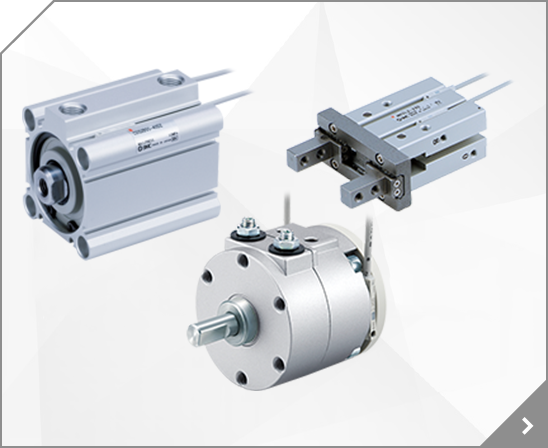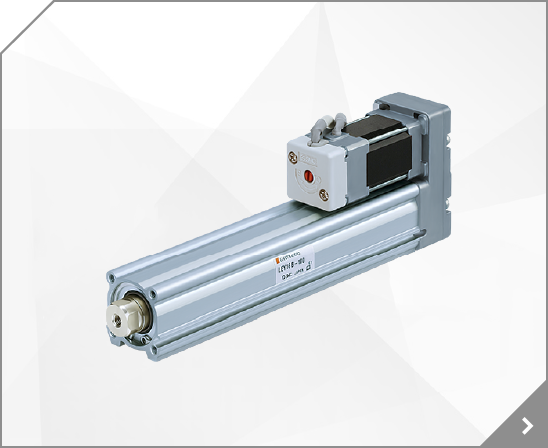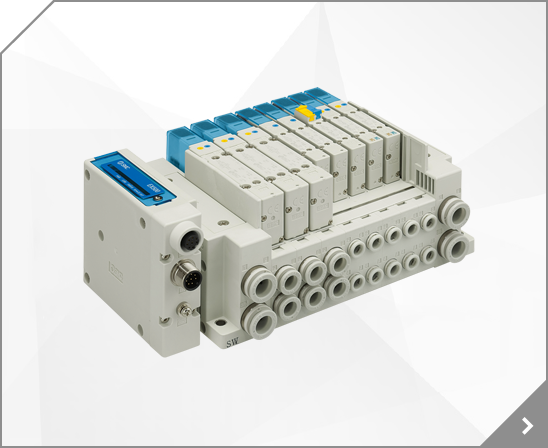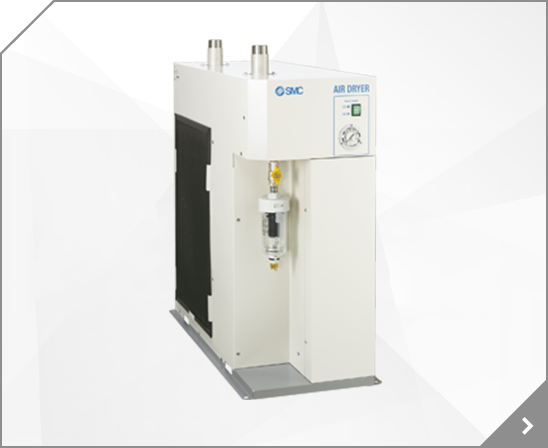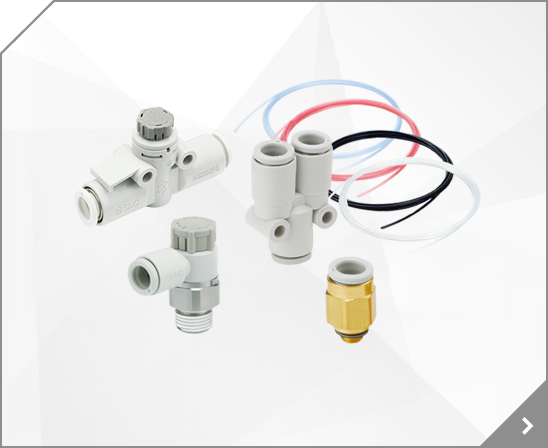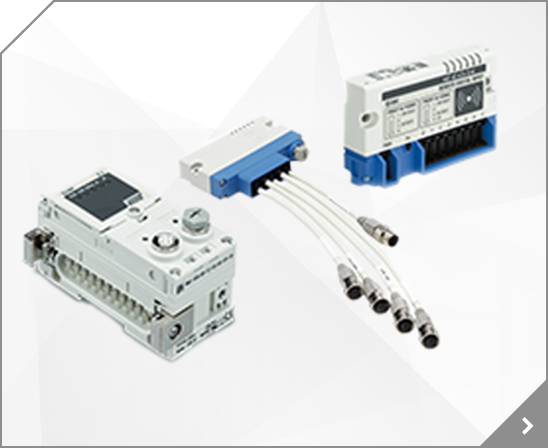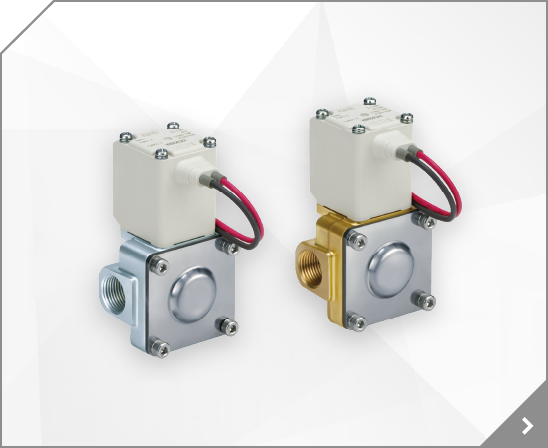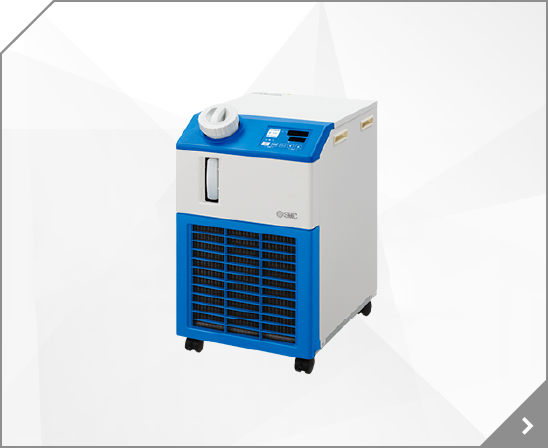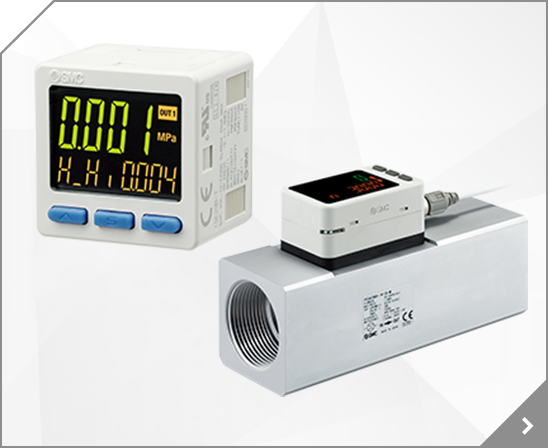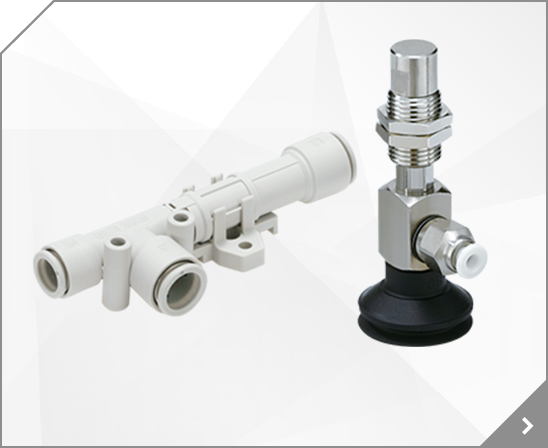
Note 1) When used as a single-side hydro unit, air may be mixed in with the operating oil. Consider periodic checks and air bleeding or changing to use as a double-side hydro unit.
Note 2) When using a skip valve, keep the ratio between high speed and low speed to 3:1 or less. If this ratio is too large, air bubbles may be generated by cavitation.
Note 2) The letters may or may not have a rectangle around them.
Note 3) The production lot of reed auto switches is indicated in numbers instead of letters.
Note 4) For some special order products, the switch part number is followed by additional numbers and letters.
If the lock is released with the actuator in the vertical direction, the moving part may fall under its own weight.
Perform unlocking only after ensuring sufficient safety. If the actuator is moved by hand with a controller connected, the induced voltage of the motor may affect the controller.
(In the case of bellows pads, the bent portion may become loose, worn, or start to stick).
Therefore, determine when to replace the vacuum pad by comparing its current state to its state before it was used.
Note) The pad connection may become loose depending on the operating conditions and environment. Be sure to perform regular maintenance.
The discharge valve may not be closing properly due to a build-up of foreign matter, or air may be leaking due to the deterioration or damage of the sealant. Remove the case from the body, fill it with some water and a small amount of neutral detergent, and try sloshing it around inside. If the air leakage stops, it can be used again.
If consumption on the outlet side stops for a long time, the pressure on the outlet side may gradually increase. Consider installing a pressure relief valve, etc., as necessary.
Note) Even if the regulator has a relief mechanism, there is a slight difference between the relief start pressure and the set pressure, so the pressure may increase by that difference.
Moving the knob in the downward direction may cause the pressure to drop below the initial setting.
The knob rotates clockwise to increase pressure and counterclockwise to decrease pressure.
The setting range of the outlet pressure is 85% or less of the inlet pressure.
For ITV1000 to 3000 series regulators, although the responsiveness tends to be faster with gain adjustment, stability may be lost and hunting may occur.
For details, refer to the ITV series operation manual, which can be found here.
. “±1 digit or less” means that the smallest unit of the value on the output pressure display may vary.
The sum is ±0.011 MPa. This means that for the ITV2030, there may be a small difference between the actual output pressure and the displayed pressure, but it will be within ±0.011 MPa.
The main valve may not be switching due to insufficient supply air pressure or flow (piping is over-restricted, etc.), and the air from the supply port may be escaping from the exhaust port.
At pressures higher than 0.2 MPa, the combined sonic conductance (d m3/ (s•bar)) of the inlet piping and equipment should be equal to or greater than the values shown below.
Moving the knob in the downward direction may cause the pressure to drop below the initial setting.
The knob rotates clockwise to increase pressure and counterclockwise to decrease pressure.
The setting range of the outlet pressure is 85% or less of the inlet pressure.
If this leakage occurs in situations other than that described above, the internal parts may be damaged or foreign matter may be clogging the product.
While there may be certain situations in which air can be used, liquid cannot be collected reliably.)
If 2 booster regulators of the same size are installed in series, the supply flow rate to the second VBA may be insufficient, and the pressure may not be increased to the required level.
If the use of 2 booster regulators in series is desired, assuming that the outlet flow rate will be 1/2 and 1/2, check whether a VBA40A followed by a VBA20A can be used.
And in May 2015, a KQ2 series One-touch fitting with an oval release button was added.
Note 1) Meter-in control is easily affected by load fluctuations which may make control difficult. Refer to the FAQ section for further details on the differences between meter-in and meter-out control.
However, a pressure error may be generated each time purge pressure is applied.
Also, depending on the set value, unwanted output may occur, so use a set value that will not produce any undesired effects.
If the error does not disappear after returning to the flow rate range, foreign matter or moisture may have adhered to the sensor or the sensor or circuit board may be damaged. Perform inspection as needed.
When the product is used with an inlet pressure exceeding 0.2 MPa, it may be difficult to set the operating flow rate to a low flow rate as there may be interference between the lower limit slit on the scale plate and the indicator needle, making it impossible to set the value.
If this happens, remove the cover of the flow switch, and follow the setting procedure.
In some cases, if the circulating fluid flow rate is insufficient, it may prevent the temperature from stabilizing.
Another possible cause is an excessive amount of piping resistance that makes it is difficult to secure the flow rate. Also, if there was no problem before, check if the flow rate has decreased due to clogging of the filter, etc.
